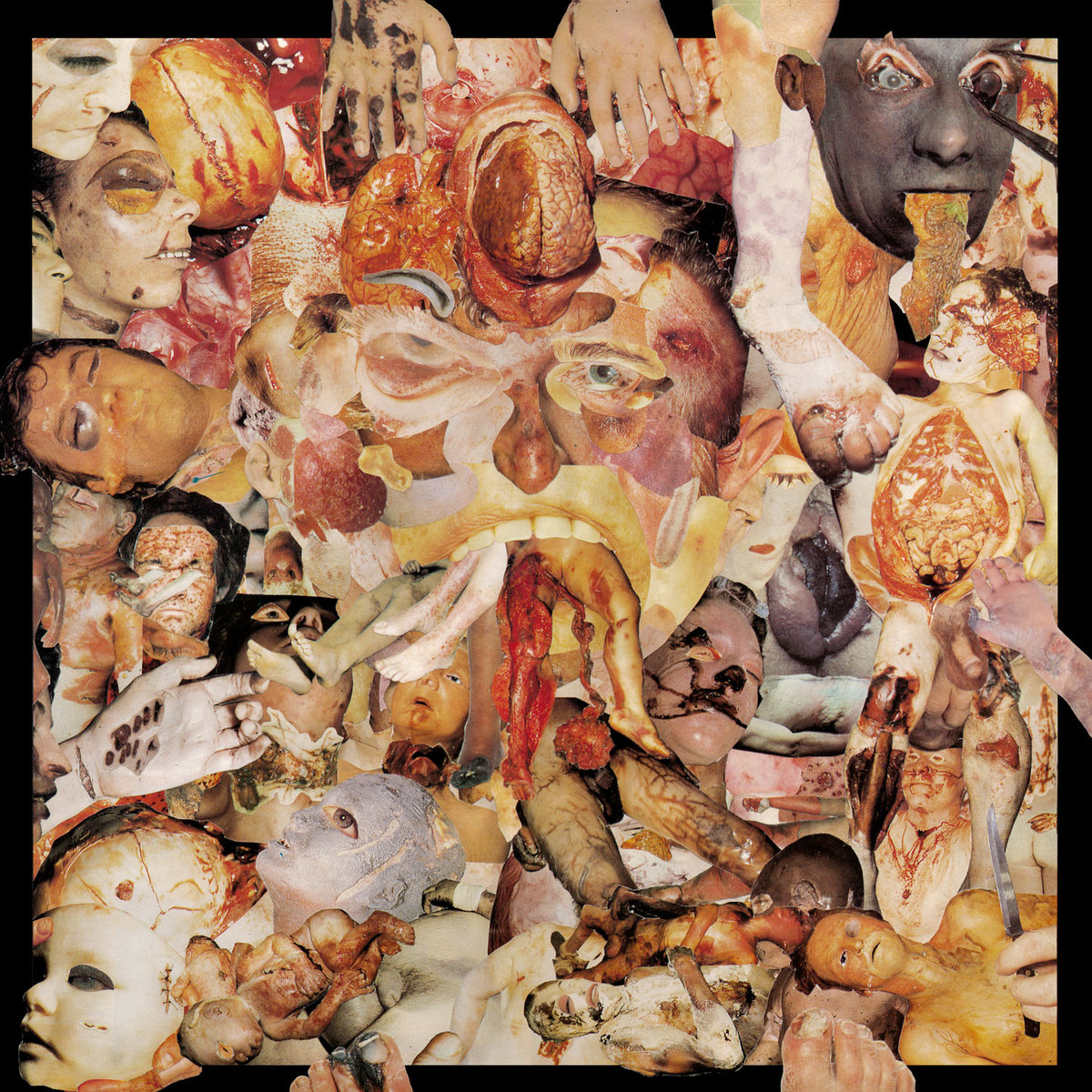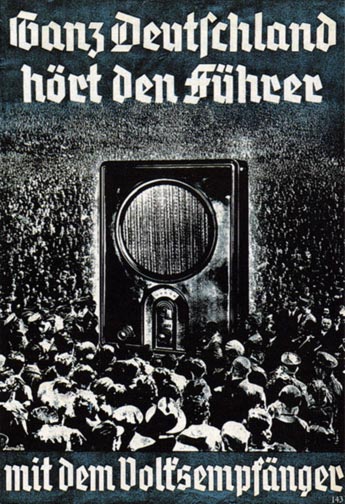
Front cover of ‘Reek of Putrefecation’ by the grindcore band Carcass, 1988
NOISE CULTURES : Networks of the Marginalised
Article written in 2013
"When music is central to ritual, to sanctioned transgression, it is effectively not music: it is the noise that will gradually progressively be excised in the same way that, for Bataille, we move cemeteries and abattoirs to the outskirts of towns."
Noise/music – Paul Hegarty
The metaphorical 'outskirts of town' describes the segregation of communities and cultures to the peripheries, those whose ideologies or practices are outside of mainstream acceptability. Social distinctions between noise and music are fundamental to the definition of communities as outsiders, as the out-spoken preacher is noise, the eastern music to western ears is noise, rock and roll to 1950's innocence is noise and death metal to punk is noise. I would like to briefly expand a short, and incomplete, definition of the outsider asking how the relations of his existence have changed through the development of communication technology and explaining why there can no longer be an underground.
The history of these musical and social peripheries are naturally implicated by aspects of religiousness, as Dan Graham describes in his 'Rock My Religion', early outsider musical styles and rituals from the early pioneers of America precipitates the formation of new churches and utopian philosophies, the two are mutually inclusive, in his book 'Noise' Attali states that 'the noises of a society are in advance of its images and material conflicts' Examples such as the music formed alongside early American Transcendentalism that placed emphasis on natural intuition or, the example given by Graham of the shakers who would dance round in a circle shouting 'Stomp the Devil' a communal hysteria aimed towards achieving a 'collective purity'. Music introduces a tangible and bodily connection to the structure of ritual, being able to physically communicate belief, stick and bone, sound vibration; defining a communal identity through sonic renunciation, distilled into a form that relates to the physicality or materiality of its belief. To associate Noise as a mutual and necessary element of the progressive margins of culture corresponds to its definition as a presence of disturbance and disruption, though not in the same way as avant-gardism, it is a diffuse force without purposeful revolution yet in many cases noise can provide the agitation that fuels and feeds the avant-garde.
The kind of radicalism inherent to the fringes is a perpetual force, a continuing Noise constantly ringing out; Luigi Russolo defines the birth of Noise as heralded by the birth of machinery which perhaps goes more towards explaining the close relationship of developing technologies with these outsider groups rather than it is meant as a strict fact. Communication technologies brought reproduction and amplification as propagation, from the whirr of the printing press to the hiss of the radio, the outsiders voices became loud and clear as Josef Goebbels famously said “The radio will be to the twentieth century what the press was to the nineteenth”

The American radio station WLAC was an early pioneer of rhythm and blues hosting night time shows airing Chuck Berry, Fats Domino , Muddy Waters amongst others which reached a large audience due to the stations 50,000 watt power AM broadcast signal, many attribute these shows as having a formative influence on the development of rock & roll; radio spoke over distance to all. The work of sound artist Pietro Riparbelli's 'Voices from Thelema' responds to the mechanism of radio as a receiver searching for the ghostly remains and vapour trails of these alternative communities; the technology is not seen as a closed internalised system but a porous and mystical medium. This treatment of the medium relates to radio's early use as a vehicle for preachers in North america in the 1920's; pioneered by S. Parkes Cadman the movement received a huge following with a reported 10 million listeners by the year 1946. Radio become host to many smaller and out-spoken partisan preachers for whom radio was a route to circumvent standard methods of communication; this televangelism shares traits with the DIY tape trading scene of hardcore music where technology is simply a means to an end as a natural extension of the social realms ripe for a new mechanised spirituality.

[above] Voices From Thelema - Pietro Riparbelli
"The community extends only so far as there extends an effectual transmission of information."
Norbert Weiner
Networks are the mediums of power and noise disrupting the course of the mainstream. As production costs of technologies became less and less the more prolific the marginalised voices became. American hardcore punk and consequently English Grindcore or Death Metal bands from 1980 - 88 largely evolved due to the tape trading networks that would circulate the sounds of a generation that was too loud and too fast for radio . Tape trading depended upon cheap cassettes and postage costs of which teenagers could afford; these alternative routes shaped a widespread community that compromised of perhaps a handful of people in various cities from Birmingham to Florida or Zurich to Japan, music was actively shared across great distances without commercial incentive, bands like Napalm Death, ENT (Extreme Noise Terror), Celtic Frost, Death and Deicide were all aware of each others music, involved with a community unconfined to place, a movement without a centralised history. The satanic imagery of Death Metal presents a dereligicised and secular form of symbolism often considered a joke it emblematised anti-establishment sentiments inherited from previous musical youth cultures; anti-social practices that were implied by rock,n,roll became overt and explicit in death metal. This can been seen in a wider historical sense as compounding the lineage of western secular musical forms through-out the 20th Century into what Dan Graham refers to as a 'neo-religious firmament', the creation of alternative systems of morality, ritual and community outside of or away from religion.
This region of history from 1988 – 93 is significant as a time of transition for underground and outsider groups and technology, models of communities that can function over large distances, ritual transgression or transcendence piped into your home. Unlike the19th century American preachers, who pitched their tents on the edge of town, the new noise-makers exist through the internet, a city with no centre for there to be outskirts; the decentralised network houses all communities in tandem. The movements between the underground and the mainstream become fluid as the two become interchangeable and response to each other. A true example of this is the Shareware 1993 video game release, DOOM. It borrowed from the musical style of bands like Slayer and Metallica also containing high levels of gore as well as demonic and satanic themes. It's release as shareware, even though the only places to access the internet were universities, encouraged its distribution to an estimated 10 million players in spite of its seemingly marginal subject-matter. In some respects the internet standardises the distinction of 'the outsider', creating pathways for escape from mainstream culture and incorporating the marginalised voices as part of the system; this begs the question: What relevance does the term 'underground' have today?


